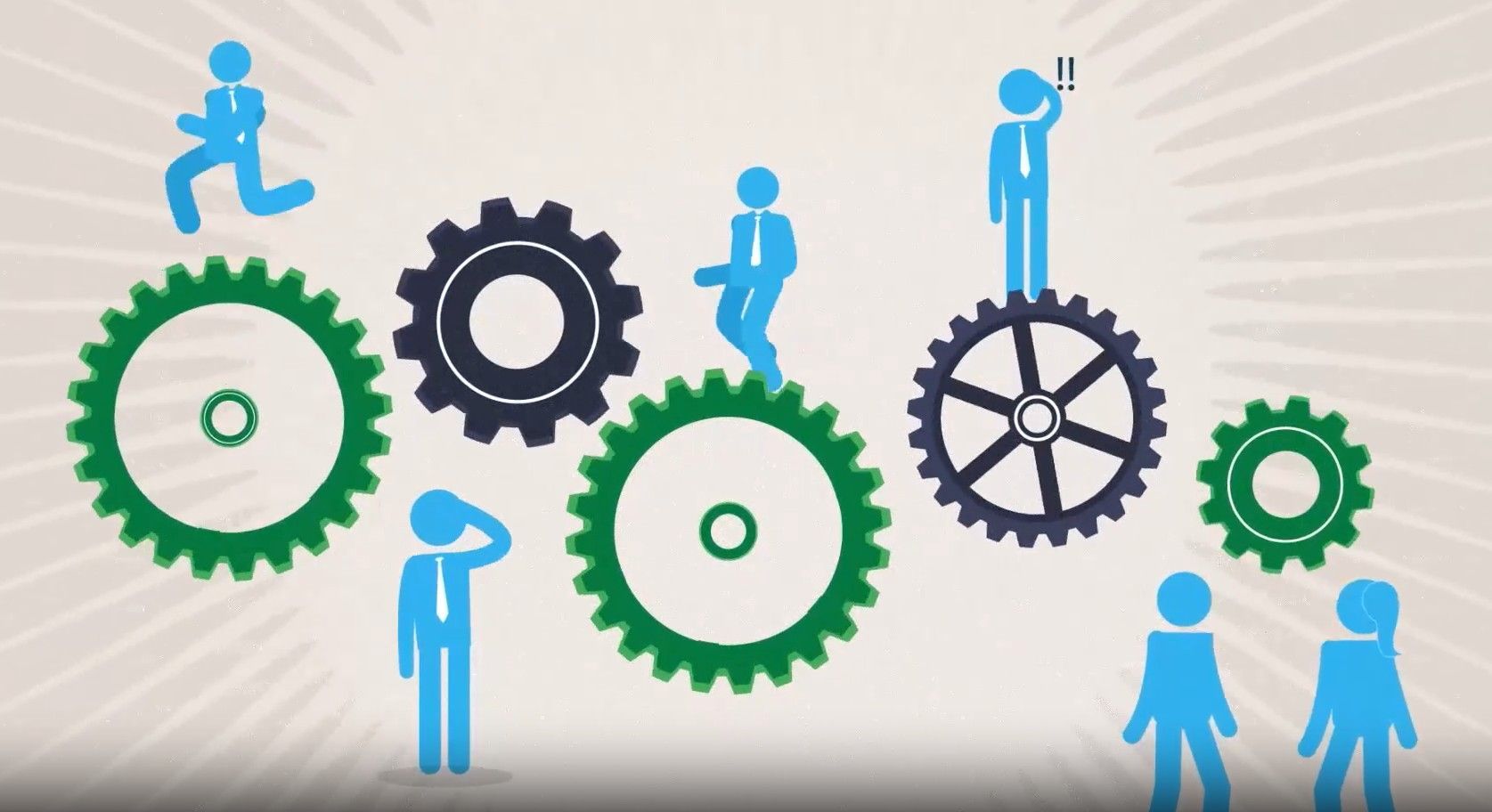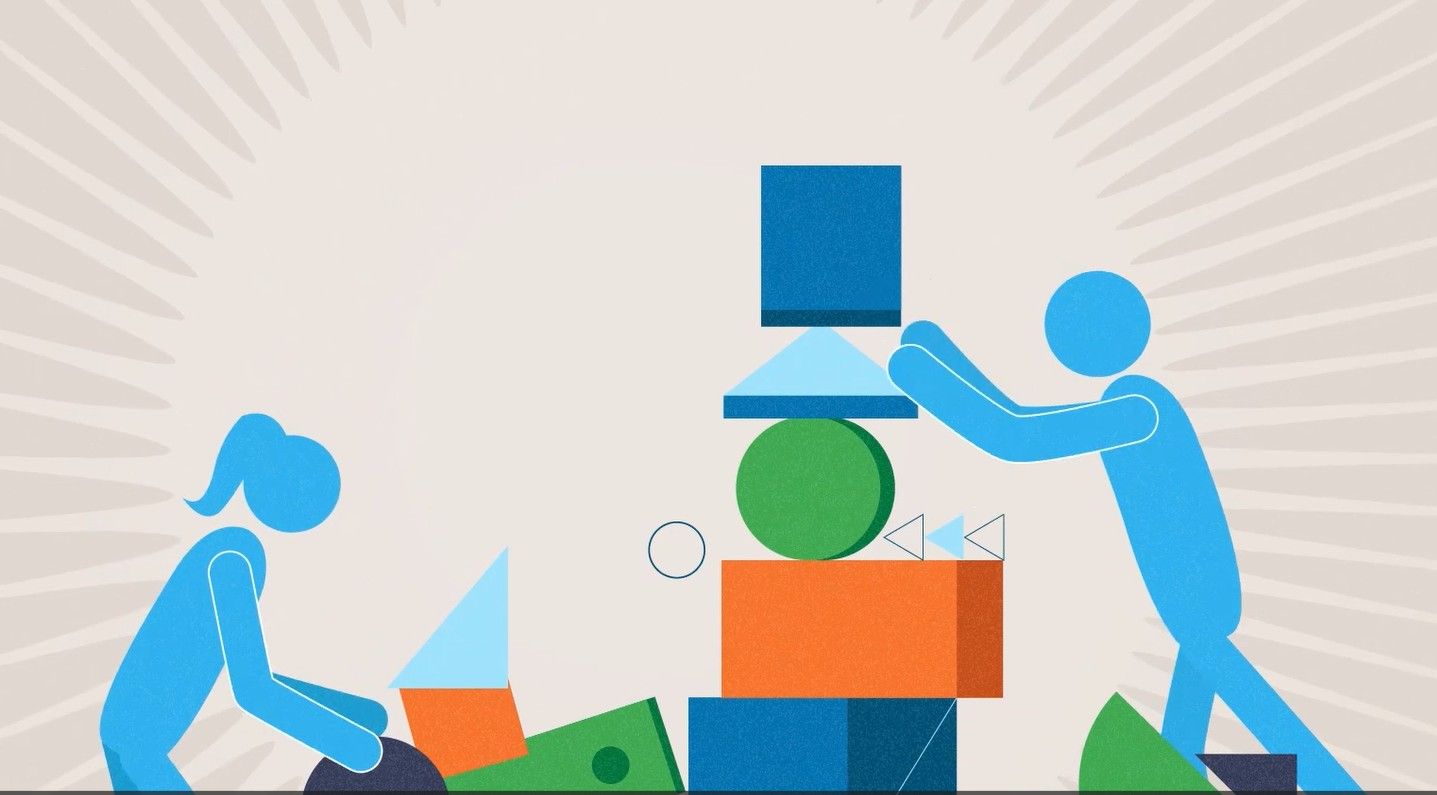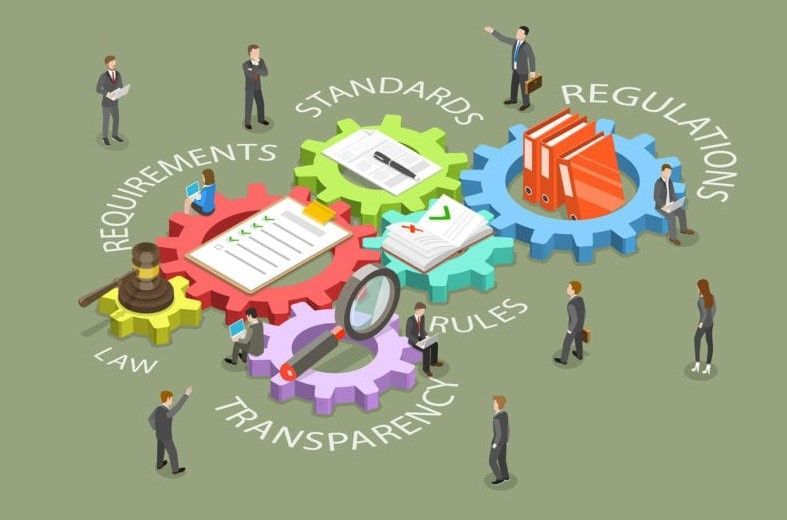Sales Reps and SMEs Working Well Together
August 14, 2025
Team selling with subject matter experts can be the best sales experience you’ll ever have–or the worst. Training and practice for sales reps and SMEs can benefit everyone, especially the prospect.
Over the years, I’ve sold with nuclear power-plant engineers, lawyers, real estate developers, software designers, and other highly talented and knowledgeable subject matter experts, or SMEs. There’s nothing like the success that combines a strong sales process and consultative selling skills with great technical information and insight.
When subject matter experts (SMEs) and salespeople call on prospects together, things often go swimmingly. In fact, when they’re using a sales process they’ve created together, a skilled consultative sales rep and an SME make up the most powerful sales teams we see.
But when they don’t, sales calls can drown in a flood of misguided communication that results in frustration for prospects, sales reps, and SMEs alike.
What happens?
Three players are in the game: the decision maker, the sales professional, and the SME. When the sales process works smoothly, the players know what the goals are and operate professionally as a team. True, some prospects don’t understand that the goal of a professional sales team is the same as their goal: determine whether a product or service meets their needs—or doesn’t.
It’s the salesperson’s job to guide the process and get everyone on the same page, which doesn’t necessarily mean getting the sale right then and there.
And the sales rep is in a good position to do that with SME support. “There are several reasons that SMEs can move the sales process forward,” says Ronald E. Wajer, CMC. He’s president of Business Engineering, a division of R.E. Wajer and Associates, Inc., in Prospect Heights, Illinois. “They understand the product or service. They might have worked on the design, and they believe in it. They’re the people who can answer technical questions on the spot.”
The sales rep must also watch for challenges SMEs might present. “While great at technical and educational communication, they aren’t always as familiar with persuasive approaches,” Wajer explains. “They can be less interested in identifying customer wants and needs, and they might not be open to suggestions about improving their work.”
On the other hand, decision-makers—the prospects—think in terms of implication. They are asking themselves: “If I buy this product or service, what will it mean to my business?” Subject matter experts think in terms of “Here’s how” because that’s what they love and what they’re good at. Unfortunately, much too early in the process, SMEs tend to tell prospects, “Here’s how our product works. Isn’t that great?”
Bridging the gap are the sales reps. If they have well-developed consultative selling skills, they are in discovery the moment they walk in the door, if not before. They don’t tell; they ask. They want to know what a prospect’s objectives are in connection with their product or service. Then, if they can help the prospect appreciate their product’s value, a technical expert can be indispensable to sealing the deal. An SME reassures the prospect with detail: “Yes, our product is extremely effective—here’s how and why.”
How can business developer-SME teams achieve success during sales calls? We’ve found that three things come into play.
- Customized Sales Process: The most important factor. Years ago we taught consultative selling skills to business developers at a utility and created a sales process tailored to them and their industry. When the salespeople first understood the basic principles of our program, they insisted that their SMEs—engineers, in this case—receive the same training. Their rationale, paraphrased, was that “otherwise [the SMEs] will jump in and undo everything we are doing in the sales process.”An effective sales process must draw intellectual property from the SMEs that sales reps can use in specific ways to learn a prospect’s objectives and issues and to build trust. But the consultative sales process we teach goes way beyond simply identifying needs or “finding the pain.” It involves an inventory of potential issues the solution addresses, the implications of those issues, rules of thumb to gain perspective, and stories to help educate on the issues.
- Skill Level and Clear Roles: Once the sales process is in place the sales rep-SME team has to decide how to execute it. Effectiveness here depends on the relative skill level of both the seller and the SME. At the beginning they may want to make calls together at the front end of the process. Later it may be possible for the sales person to work alone until the sales process has been advanced to the point technical expertise is needed. In that model, the SME takes center stage near the end to answer final questions and help close the sale.Even before products are designed, SMEs can benefit from time in the field talking with current customers or prospects. “Have an engineer meet with and listen to customers,” says Wajer. “Formal sales training programs can also help because SMEs can learn why understanding customer needs for functionality and satisfaction are critical.”
- Pre-Call Planning and Practice: The sales process should be reviewed before the first calls so that decisions can be made about who goes along, who is the lead, and what role a second or third person plays. More pre-call communication among the team members improves effectiveness. A few minutes of role playing can work wonders.
Two other important factors also influence sales rep-SME teams: the compensation system and the level of trust within the team.
The compensation system must establish who makes initial contact with the prospect, who helps sell the product or service, and who performs the work—that is, supplies the deliverable—once the sale is made as well as how each role is weighted for compensation and incentives. If this breakdown isn’t standard, team members should negotiate splits on their own with each other. SMEs, especially, will come to value the sales rep’s ability to speed up the sales process without calling on them until necessary. End result: SMEs can do more of what they love to do—implement the solution!
Trust with sales-SME teams comes from working well together and can take time to develop. An efficient sales process, however, will accelerate both building trust and building sales.
Sales rep-SME team members can be extremely productive if they know their roles in the sales process and how to perform them. Please tell us about your experiences and ideas at 847-446-0008 X-1 or pkrone@productivestrategies.com . We’re always learning, too, especially from the marketplace.
The post Sales Reps and SMEs Working Well Together appeared first on Productive Strategies, Inc..










